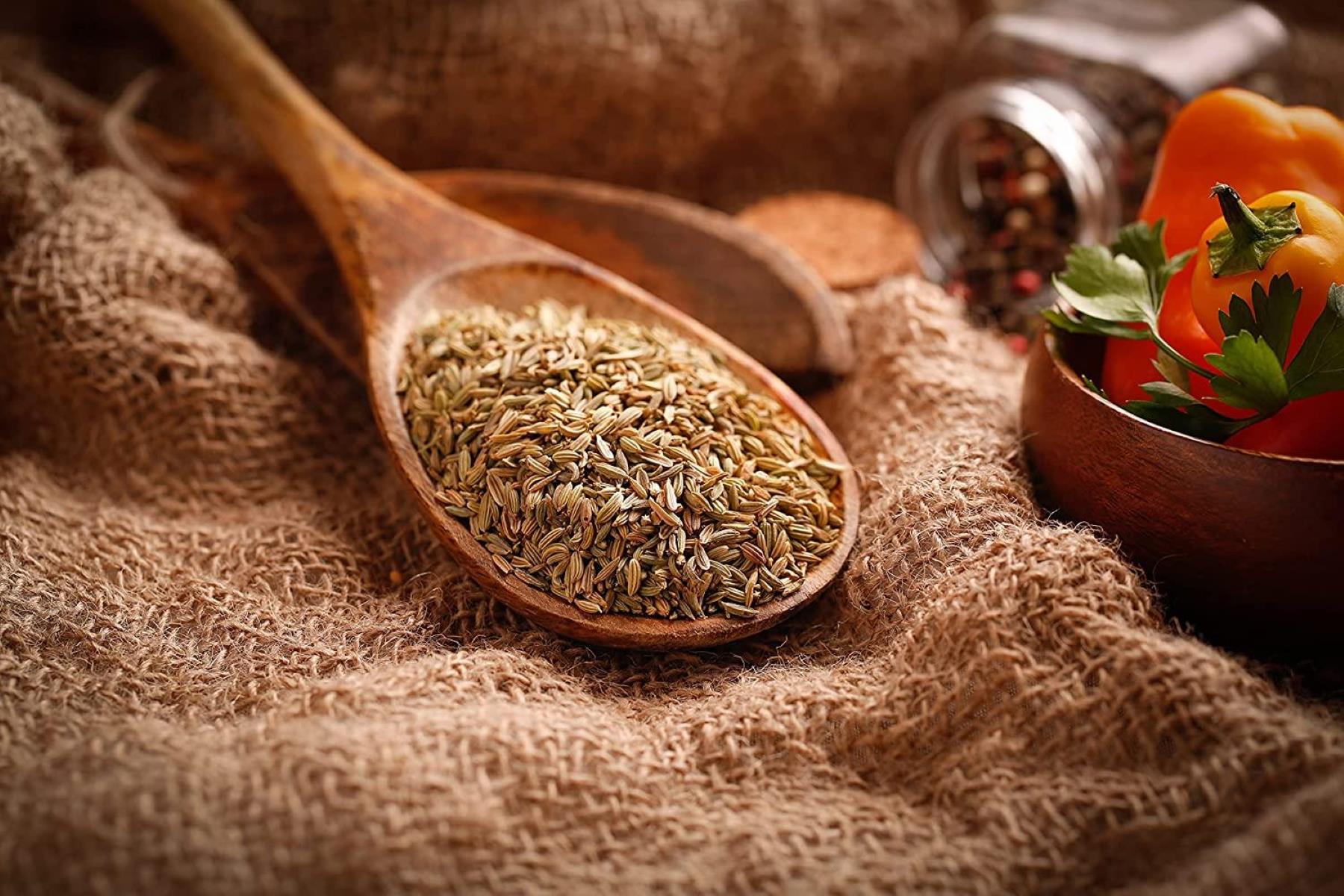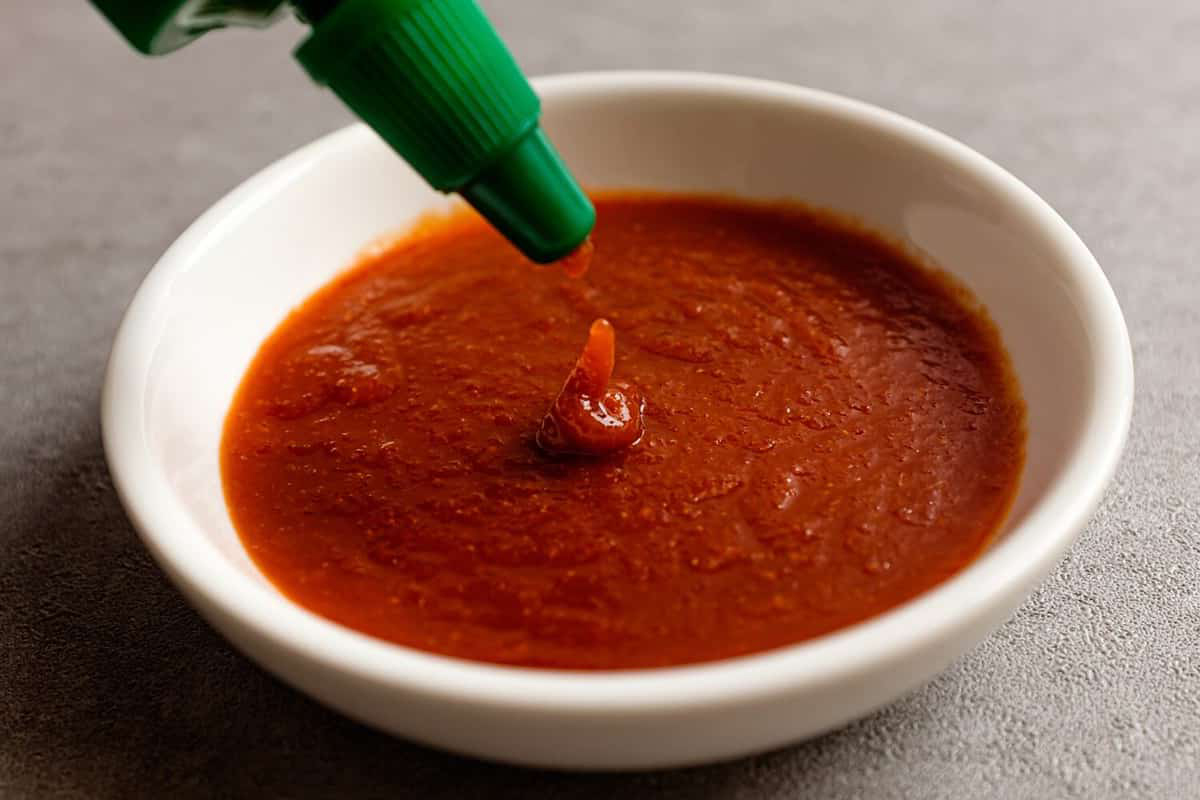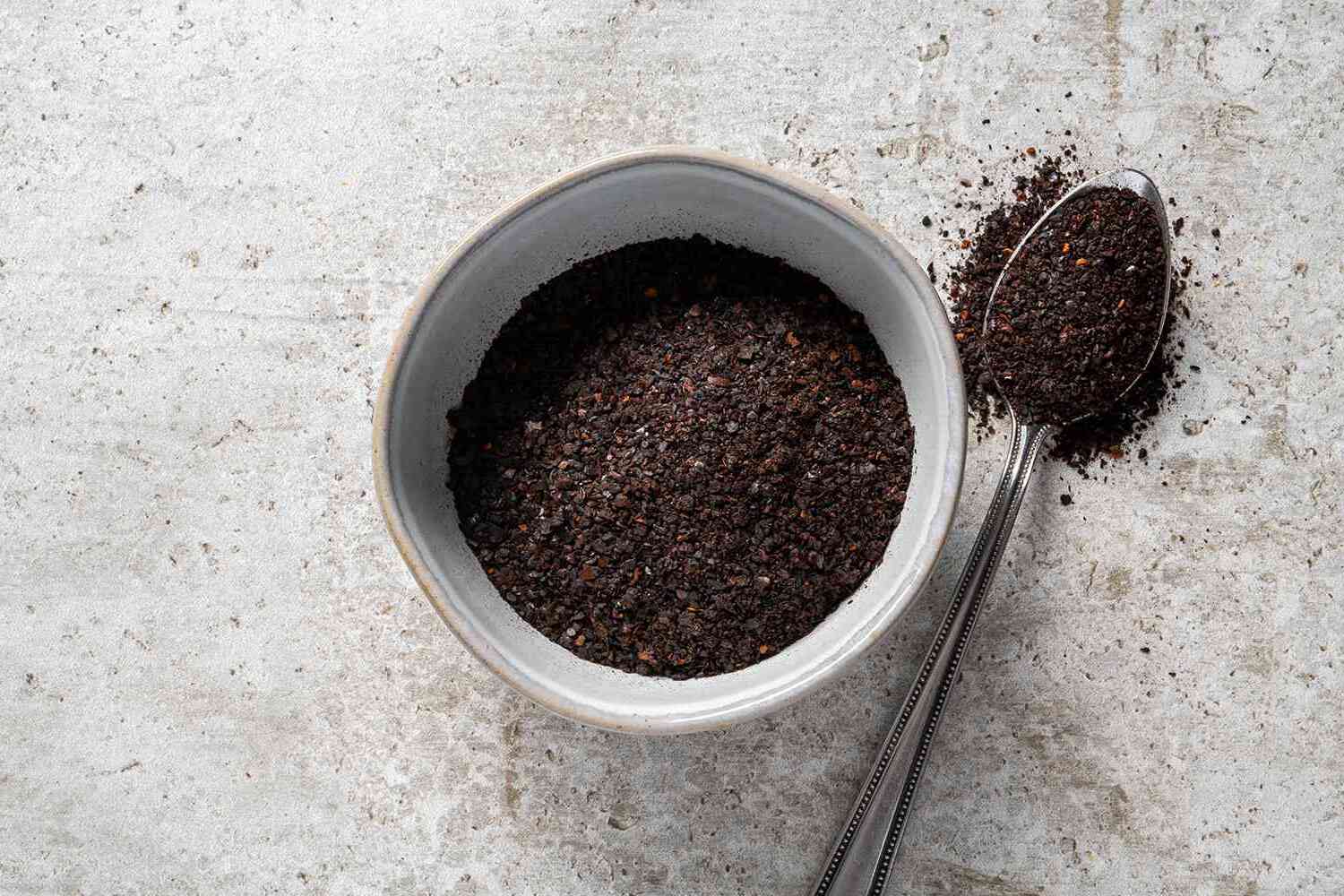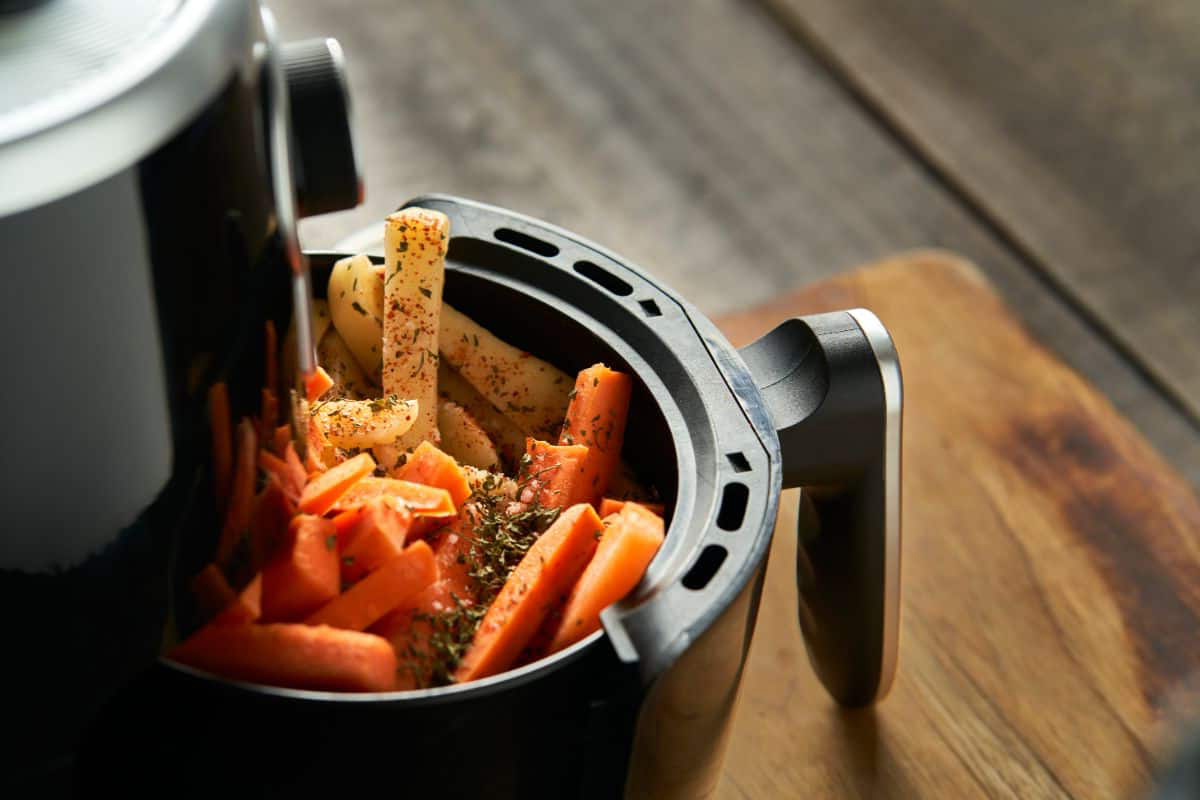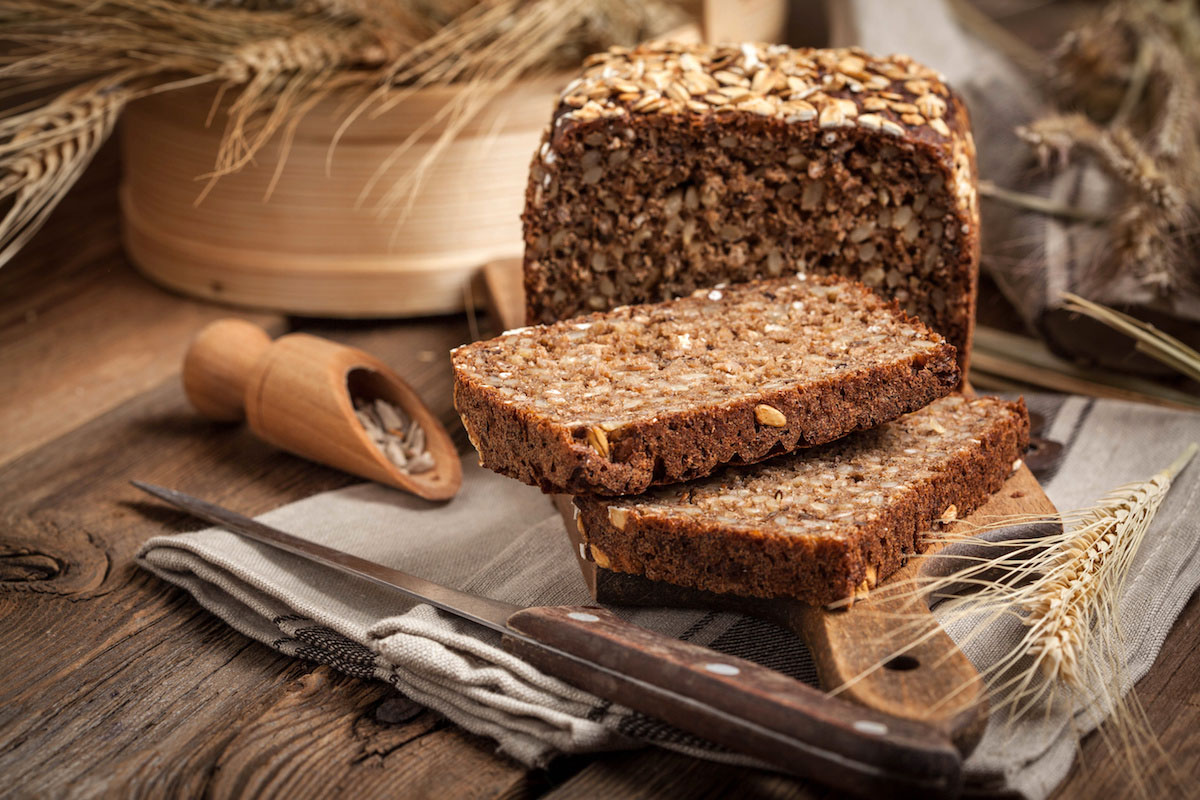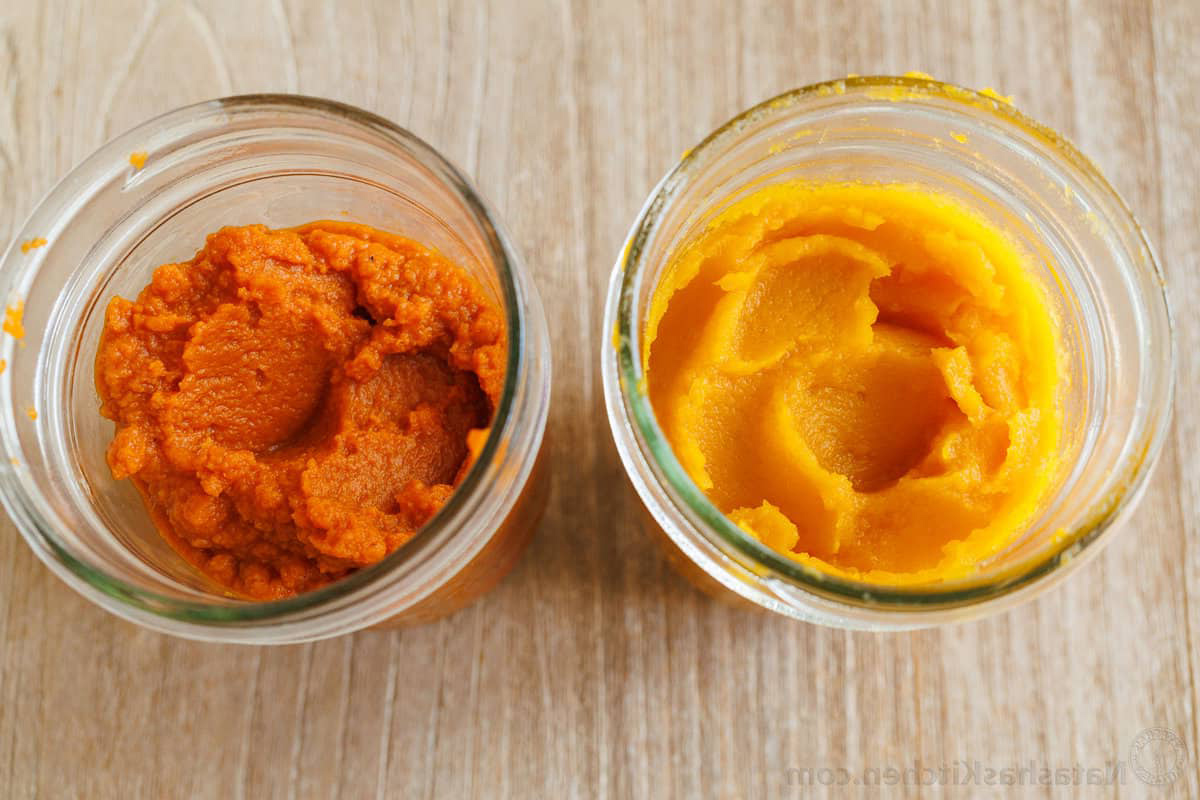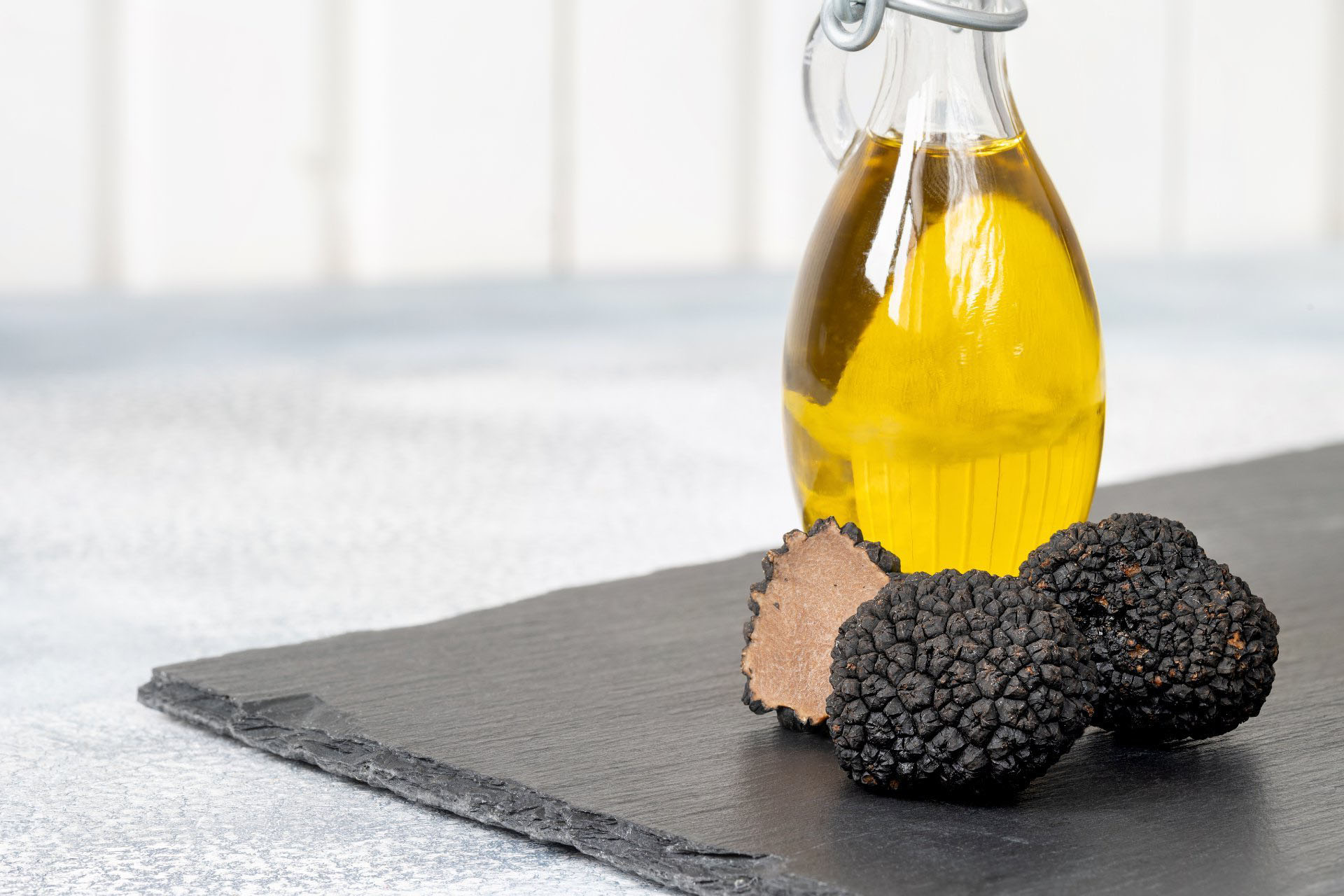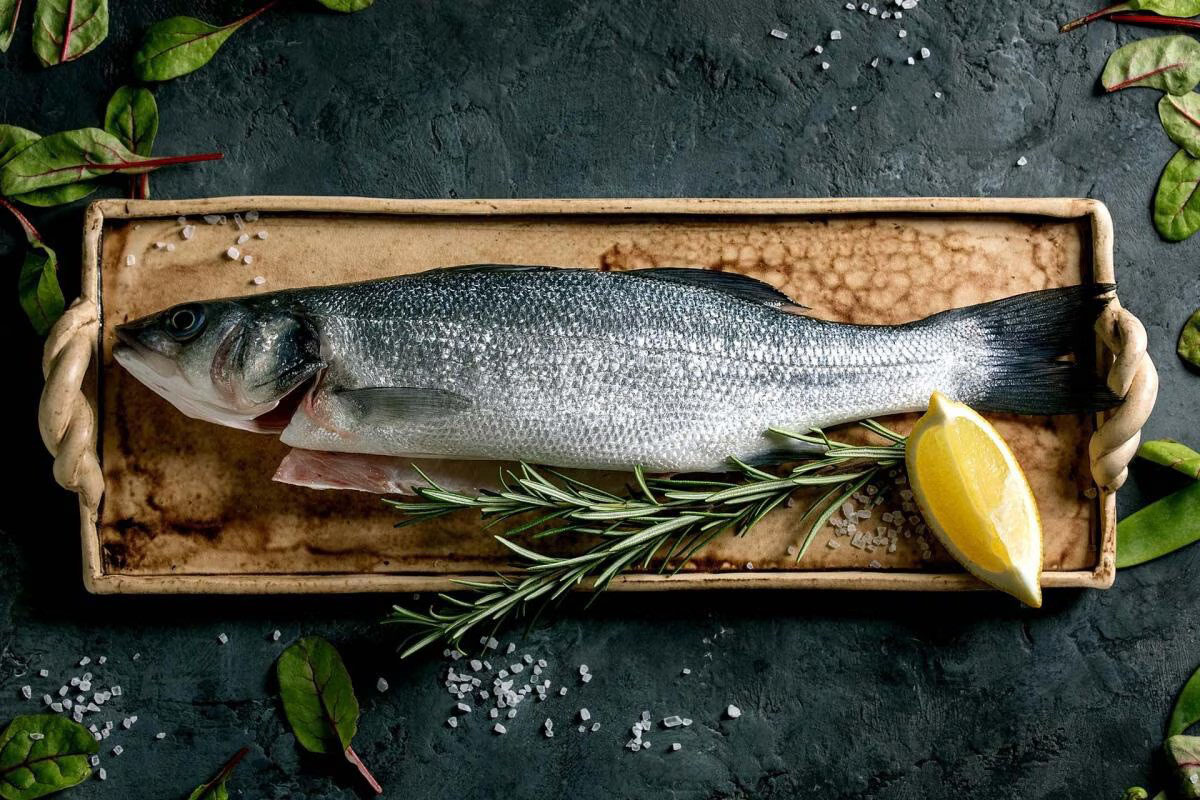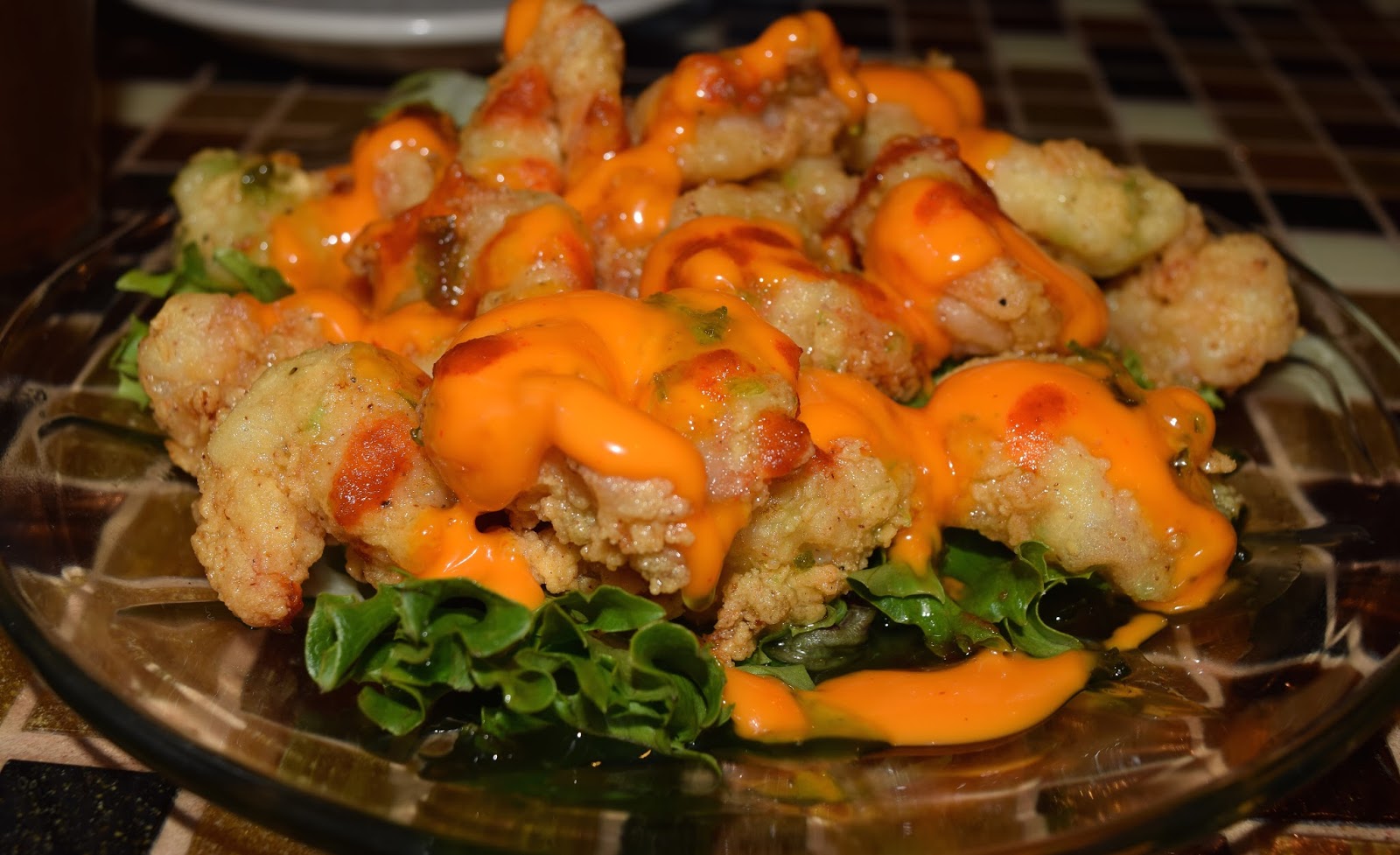Discovering the Delightful Dish: Angels on Horseback
Angels on Horseback is a classic dish that has been enjoyed by food enthusiasts for many years. This delectable appetizer is a perfect combination of flavors and textures, making it a popular choice for those looking to tantalize their taste buds. If you’re curious about this intriguing dish, read on to learn more about what Angels on Horseback is and how it’s prepared.
What Are Angels on Horseback?
Angels on Horseback is a mouthwatering dish that consists of oysters wrapped in bacon and then grilled or broiled to perfection. The name “Angels on Horseback” is said to have originated in the 19th century, and the dish has been a beloved part of culinary culture ever since. The combination of briny oysters and savory bacon creates a delightful contrast of flavors that is sure to please the palate.
How Are Angels on Horseback Prepared?
Creating Angels on Horseback is a relatively simple process that yields impressive results. Here’s a basic overview of how this delectable dish is prepared:
- Start by shucking fresh oysters and wrapping each one in a slice of bacon.
- Secure the bacon-wrapped oysters with a toothpick to hold everything together.
- Next, the prepared oysters are either grilled or broiled until the bacon becomes crispy and the oysters are cooked through.
- Once cooked, the Angels on Horseback are ready to be served and enjoyed.
Ways to Enjoy Angels on Horseback
Angels on Horseback can be enjoyed in a variety of ways, making it a versatile dish that can be served on different occasions. Here are a few popular ways to enjoy this delectable appetizer:
- As an elegant appetizer at a dinner party or special event
- As a tasty addition to a seafood platter or charcuterie board
- As a delightful snack to enjoy with a glass of wine or champagne
Final Thoughts
Angels on Horseback is a timeless dish that continues to captivate the taste buds of food enthusiasts around the world. Whether you’re a fan of oysters, bacon, or both, this delightful appetizer is sure to leave a lasting impression. The next time you’re looking to impress your guests or simply treat yourself to a special culinary delight, consider preparing Angels on Horseback for a truly memorable dining experience.
So, there you have it – a closer look at the intriguing dish known as Angels on Horseback. With its rich history and irresistible flavors, it’s no wonder that this classic appetizer remains a beloved favorite among food lovers everywhere.
Was this page helpful?
Read Next: What Is A Convection Oven

